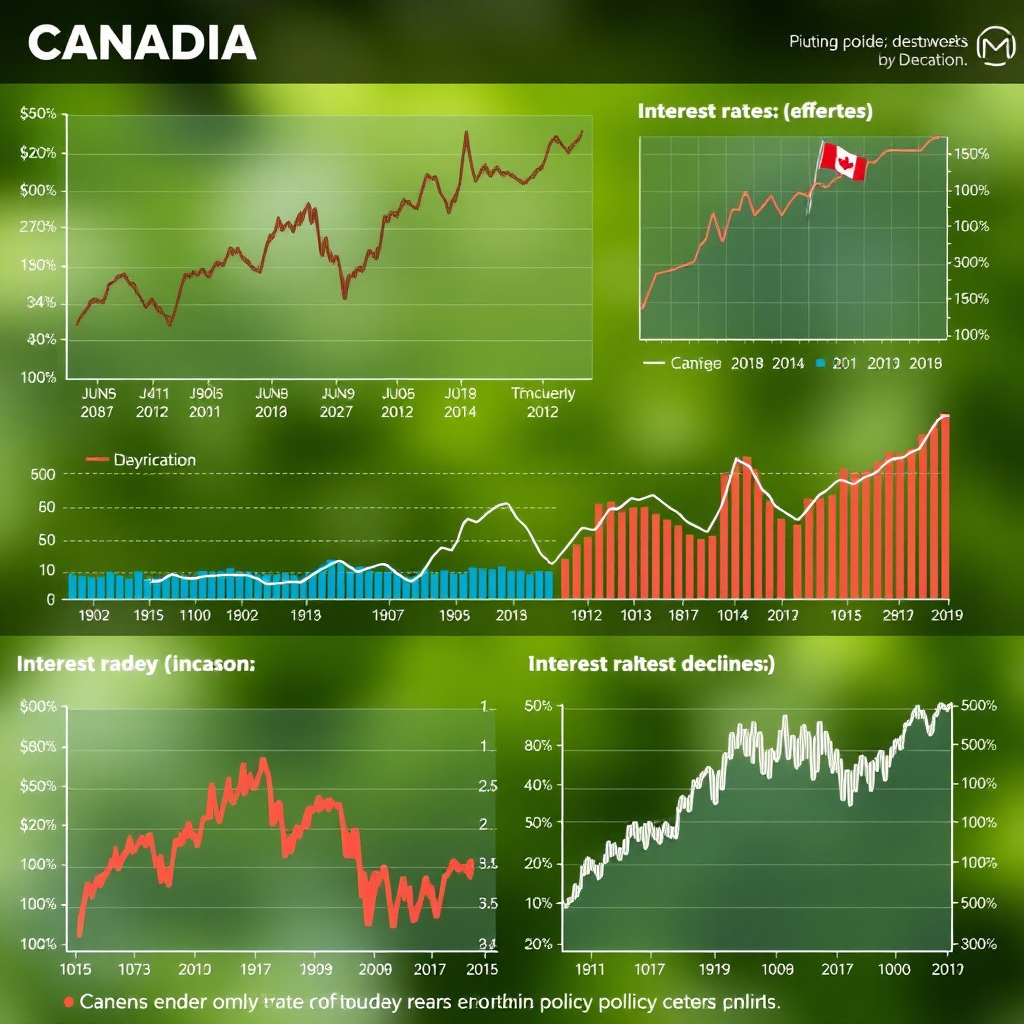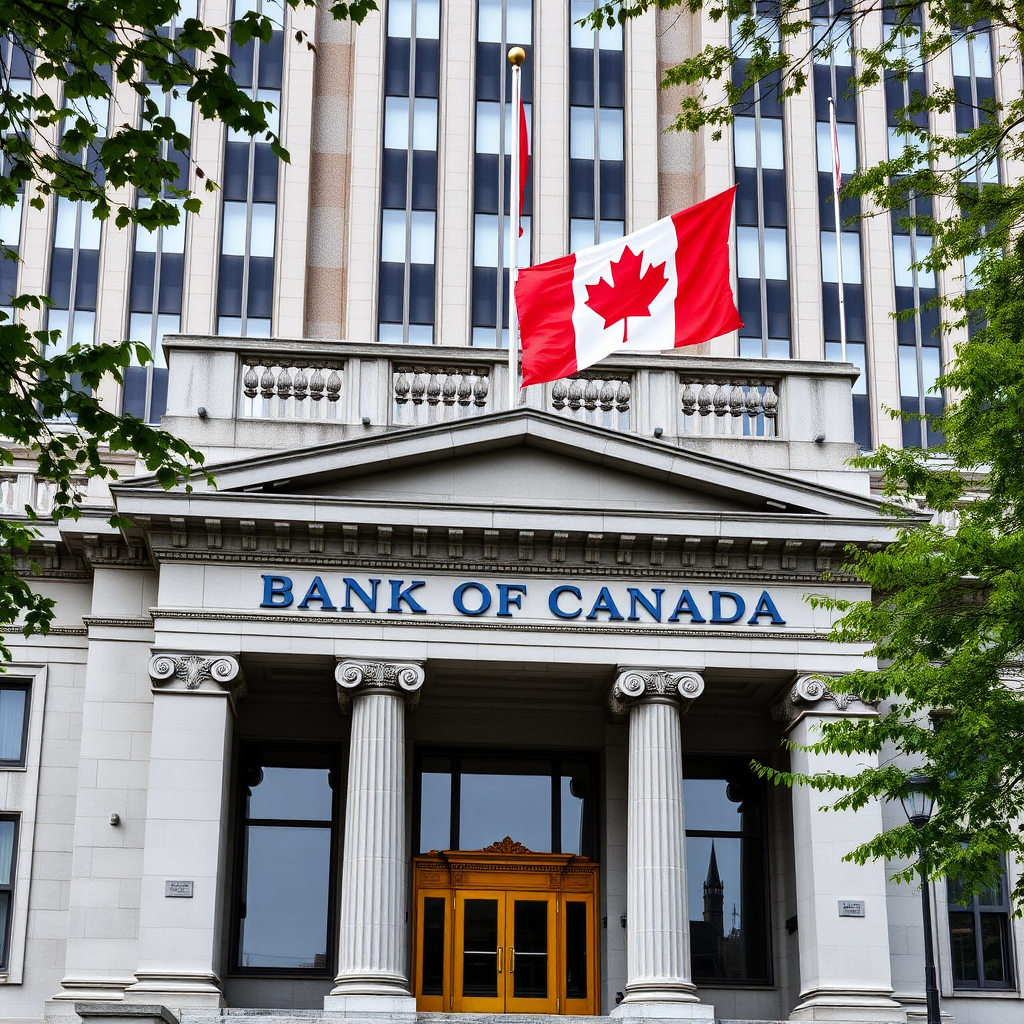The Bank of Canada held its overnight rate steady at 5% in its latest policy announcement, citing mixed economic signals and ongoing inflation concerns. Governor Tiff Macklem emphasized the need for continued vigilance as the central bank assesses the effectiveness of previous rate hikes in cooling the economy.
Key Policy Decision Details
In a closely watched announcement, the Bank of Canada's Governing Council decided to maintain the policy interest rate at 5%, marking the fourth consecutive meeting without a rate change. This decision reflects the central bank's cautious approach as it monitors the impact of previous monetary tightening measures on Canada's economic landscape.
Governor Tiff Macklem stated during the press conference that while inflation has shown signs of moderating, the bank remains committed to bringing it sustainably back to the 2% target. The decision comes as Canadian investors and financial markets continue to navigate uncertainty around future monetary policy direction.
Impact on Canadian Investors
The rate hold has significant implications for various investment strategies:
- High yield savings accounts remain attractive for conservative investors
- Fixed-income securities continue to offer competitive returns
- Stock market volatility may persist as investors assess economic conditions
- Real estate markets face continued pressure from elevated borrowing costs
Economic Indicators Driving the Decision
The Bank's decision was influenced by several key economic factors. Recent data shows that while consumer price inflation has declined from its peak, core inflation measures remain above the target range. Employment levels have shown resilience, though job growth has moderated compared to earlier in the year.

Housing market activity has continued to slow in response to higher borrowing costs, with both sales volumes and price growth moderating across major Canadian markets. This cooling effect aligns with the Bank's objectives to reduce demand pressures in the economy.
Looking Ahead: Investment Considerations
For Canadian investors working with smaller capital amounts, the current interest rate environment presents both challenges and opportunities. Those looking to invest modest amounts, such as $250, should consider the impact of sustained higher rates on different asset classes.
High yield savings accounts and investment certificates (GICs) continue to offer attractive returns for risk-averse investors. Meanwhile, those considering stock market investments should be prepared for continued volatility as markets adjust to the prolonged higher rate environment.
Expert Analysis
"The Bank of Canada's measured approach reflects the complex economic environment we're navigating," says senior economist Dr. Sarah Chen. "Investors should focus on diversified strategies that can perform well across different rate scenarios."
The central bank's commitment to data-dependent decision-making suggests that future rate moves will depend heavily on incoming economic indicators, particularly inflation trends and labor market developments.
Market Response and Future Outlook
Financial markets showed mixed reactions to the announcement, with bond yields fluctuating as investors digested the central bank's forward guidance. The Canadian dollar remained relatively stable against major trading partners, reflecting market expectations that had largely priced in the rate hold.
Looking forward, the Bank of Canada indicated that future policy decisions will continue to be guided by incoming economic data, with particular attention to inflation dynamics and the broader economic response to current monetary conditions. This data-dependent approach suggests that investors should remain flexible in their strategies and prepared for potential policy adjustments in 2025.

The central bank's next scheduled rate announcement is set for January 29, 2025, when policymakers will have access to additional economic data to inform their decision-making process. Until then, Canadian investors and financial markets will continue to monitor economic indicators for clues about the future direction of monetary policy.
As the economic landscape continues to evolve, the Bank of Canada's commitment to achieving its inflation target while supporting sustainable economic growth remains the primary driver of policy decisions, with significant implications for investment strategies across all capital levels.
